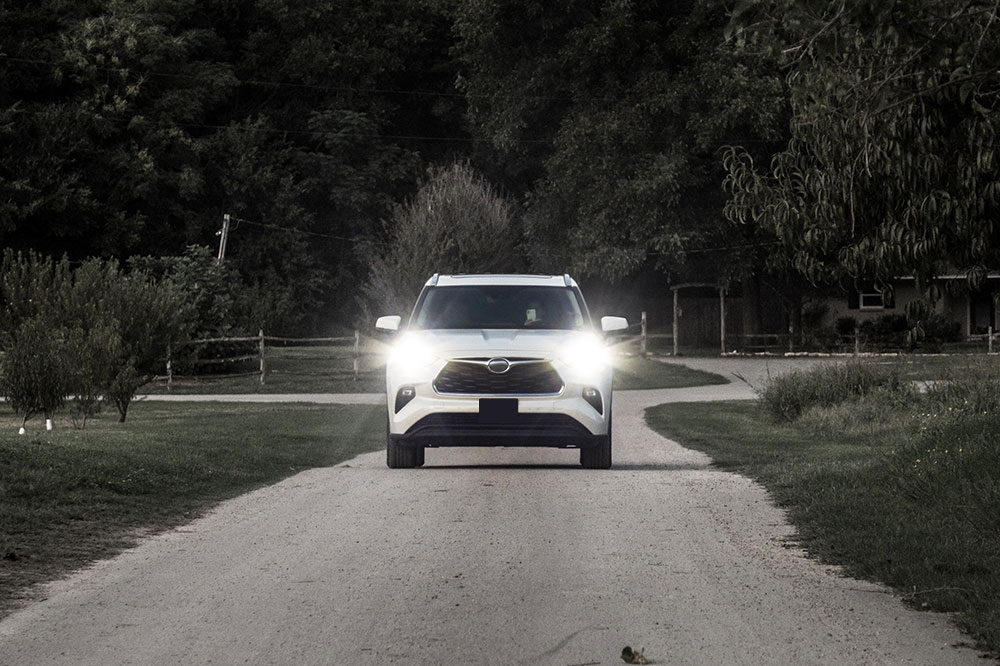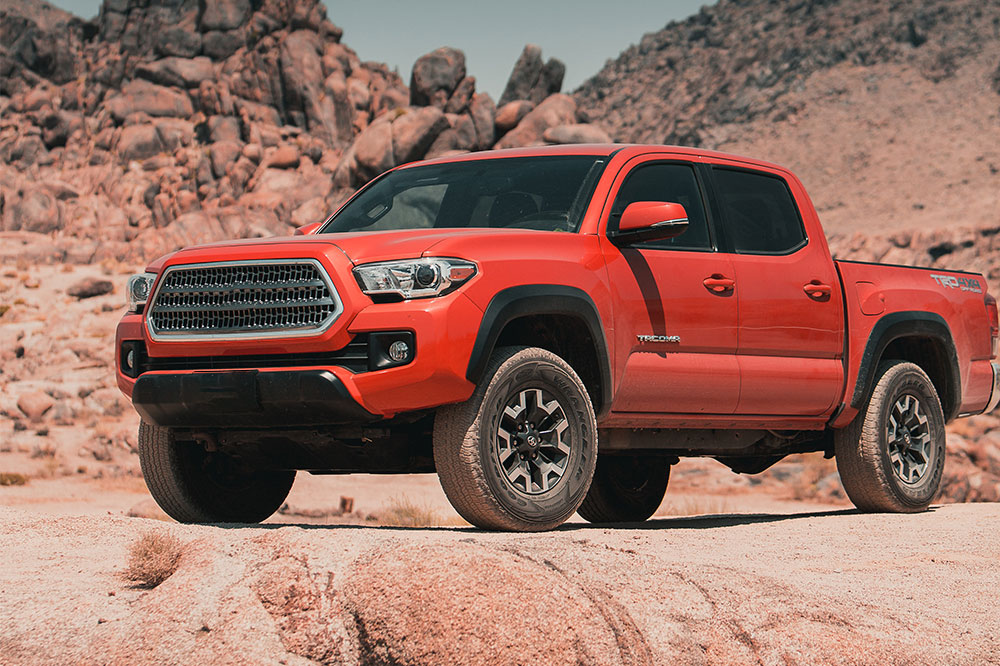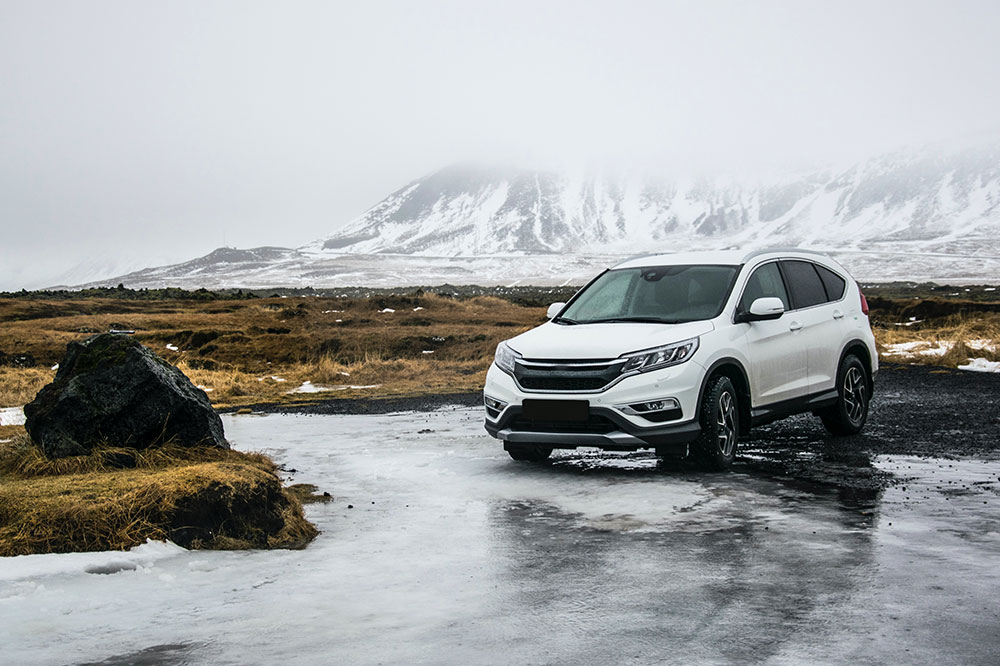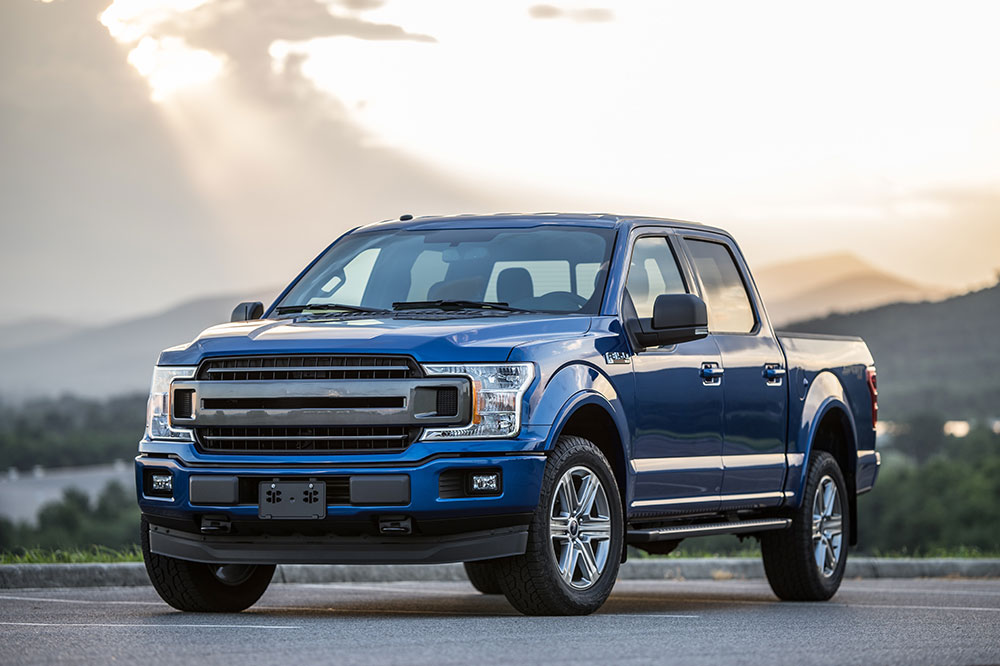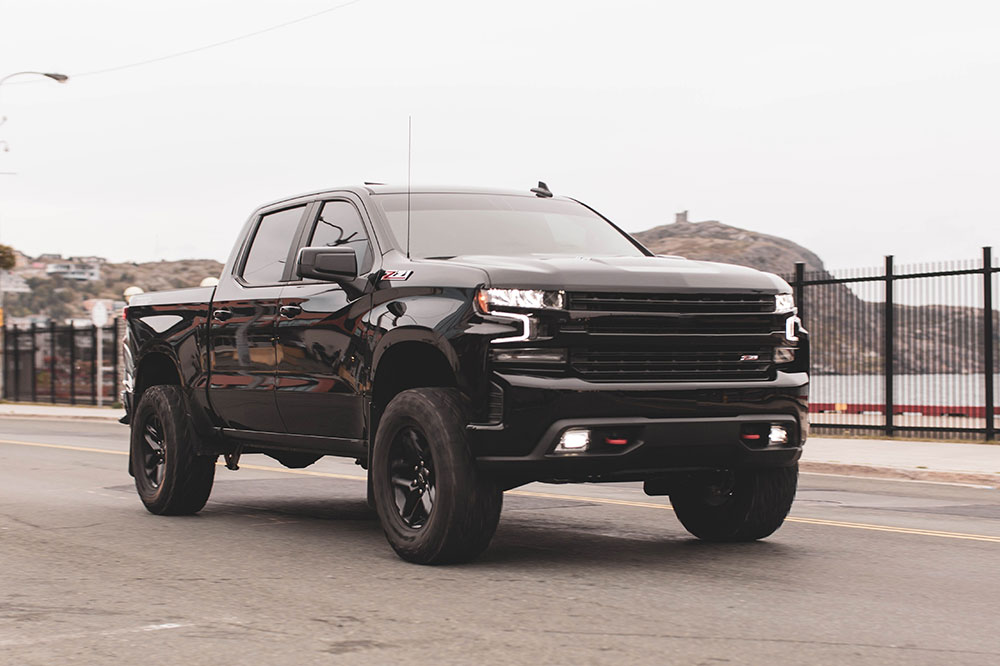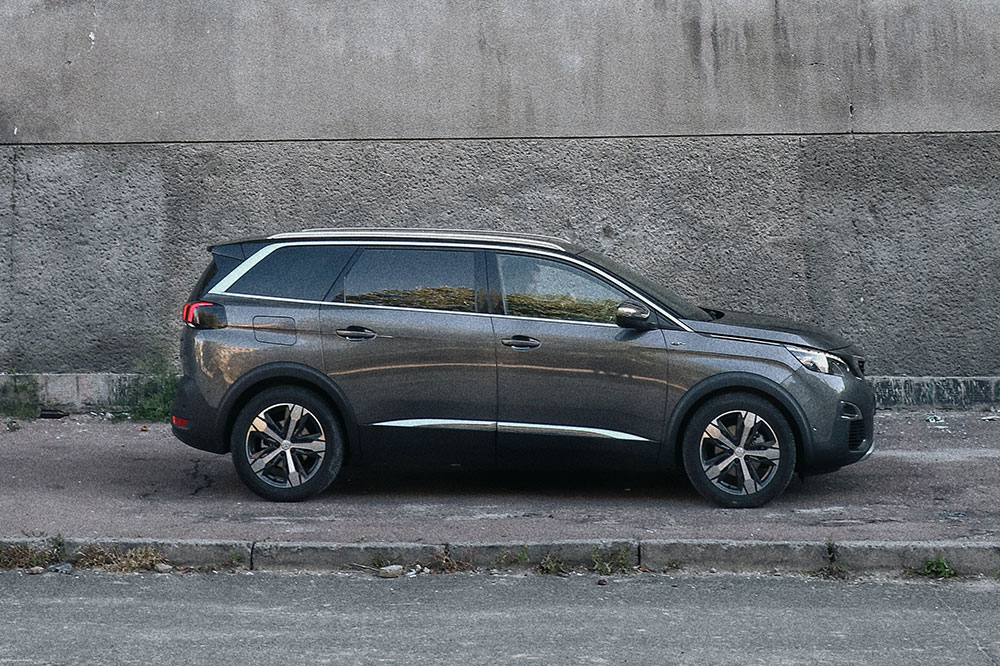6 handy tips to vacuum seal food
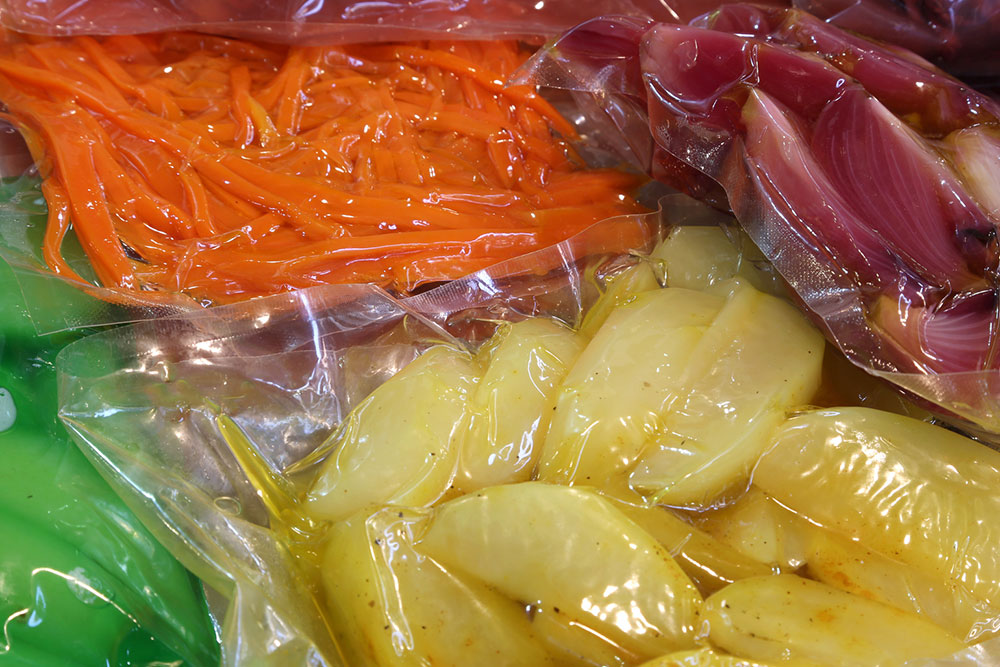
Eating fresh food is essential to lower the risk of illnesses and lead a healthy life. Today, food vacuum sealers have become a critical tool for storing meals and preventing them from perishing quickly. These sealers help extend the shelf life of food items, retain their taste and texture, and reduce costs and wastage. Here are some tips for using food vacuum sealers correctly and getting the most out of them.
Leave sufficient space between the food and the bag’s edge
While vacuum sealing, one must ensure the food is not placed too close to the bag’s top edge. If the space between the food item and the bag’s edge is inadequate, the bag may not get adequately sealed, increasing the chances of leakage. As a rule of thumb, one should leave at least two inches of space between the bag’s top edge and the food stored within.
Freeze meats and liquids before sealing them
One can never be too careful when preserving meats and liquids. A best practice while vacuum sealing such foods is to freeze them first. Sealing and storing meat at room temperature may cause bacteria to grow over it, leading to spoilage. On the other hand, sealing frozen meat prevents bacteria growth, helping preserve it for longer. This method also keeps the meat’s juiciness intact. When it comes to liquids, pre-freezing is vital because the liquid can be pulled into the vacuum sealer. Pre-freezing prevents damage to the device and facilitates a tight seal.
Know which foods should not be vacuum sealed
While most foods are safe to vacuum seal, some should not be preserved using this method. Soft cheeses that are typically unpasteurized and sticky (such as mozzarella, ricotta, and blue cheeses) may develop mold when stored in an airless space. Moreover, raw onions, garlic, and other foods from the allium family continue producing certain gasses even when they are vacuum sealed. These gasses may cause the bag to inflate, spoiling the food stored within. Thus, one must understand what foods do not lend themselves to vacuum sealing.
Vacuum only after sealing the bag’s open end
Vacuuming should begin only after the bag’s open end has been sealed thoroughly. This step ensures the food is sealed tightly in the bag without any particles or liquids affecting the process.
Select the right bag
It is critical to choose the right bag for vacuum sealing. Experts recommend using bags that expel air effectively, ensuring the food stored within does not come in contact with moisture. Ideally, the bag chosen for vacuum sealing should be textured and of premium quality. Compared to regular polythene bags, vacuum bags have oxygen barriers, which prevent air from penetrating them after they have been sealed. The right bag is essential to ensure the food is stored in an airless environment.
Double-seal the bag for extended shelf life
Double-sealing the bag is recommended to extend the shelf life of food in some instances. When double sealing, one must leave sufficient space between the first and second seals. This strategy ensures double protection against moisture seeping through.


